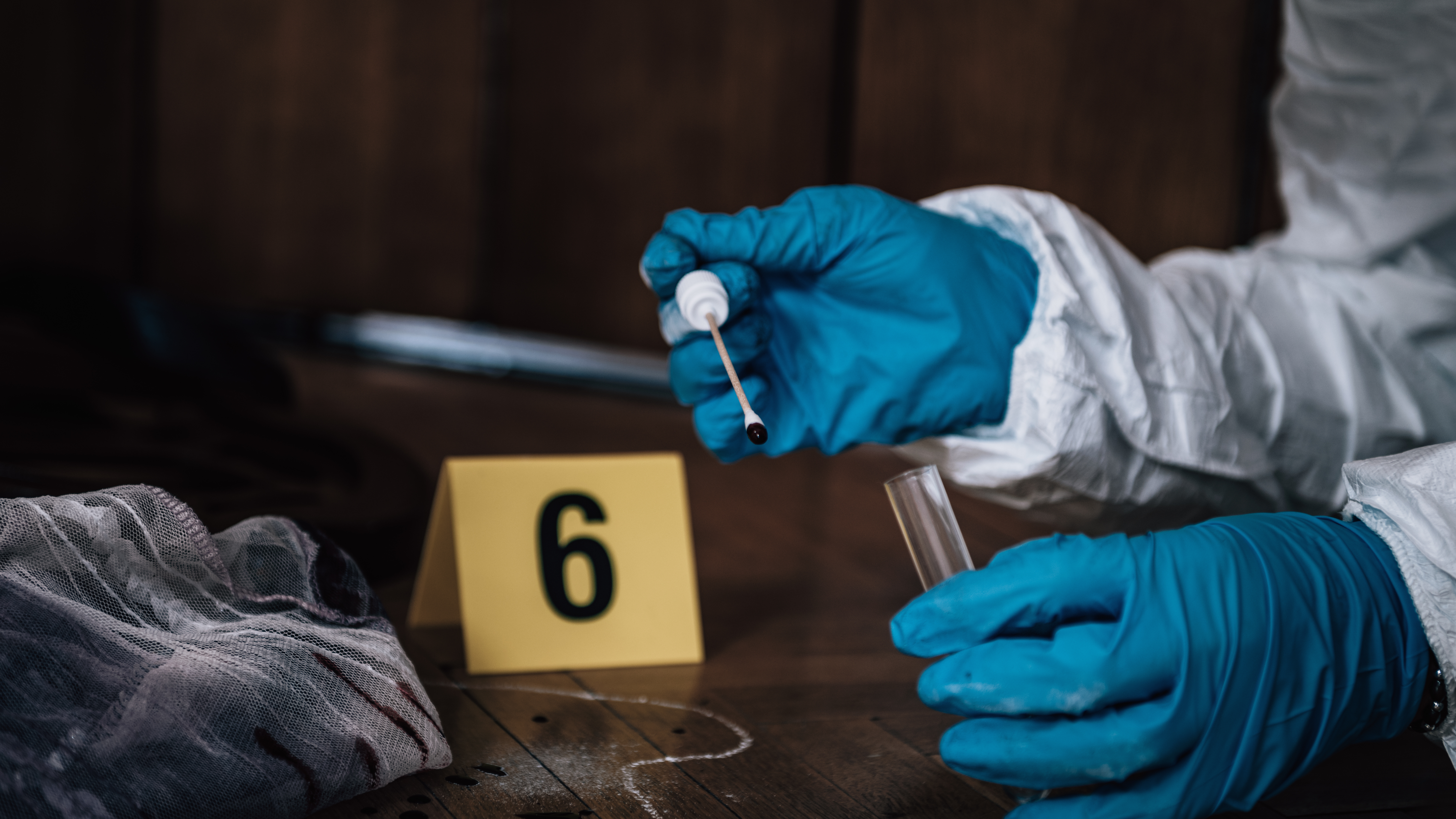Determining the Donor Age Based on Raman Spectroscopy of a Bloodstain
Novel methodology helps forensic investigators determine victim's age from bloodstains.
In the absence of a body at a crime scene, forensic investigators must rely on whatever biological material is left behind to determine the sex, race, and age of perpetrators and victims. That often means analyzing stains like blood, sweat, and urine. DNA testing has proven effective in determining sex and race from bloodstains, but it has not been effective in determining age. The team at the University of Albany are using Raman spectroscopy and chemometrics to detect a person’s age group (newborn, adolescent, or adult) from dried bloodstains. The developed methodology will allow for immediate identification of age at the scene of a crime.
Every material has specific vibrational characteristics—a sort of molecular fingerprint, which is identifiable from the way it changes reflected light. Raman spectroscopy harnesses this phenomenon by collecting the photons that scatter when a laser is shone on a sample, then analyzing shifts in the photons to reveal the substance’s identity. As people age, the chemical and physical components in their blood change, altering its vibrational characteristics. A novel methodology combines Raman spectroscopy and chemometrics to pinpoint these age-related changes in the blood, enabling forensic analysts to distinguish between the blood of newborns, adolescents, and adults.

Forensic analysts at a crime scene need to know as soon as possible whether victims and perpetrators were newborns, adolescents, or adults. A new methodology developed at the University of Albany enables forensic investigators to immediately determine age group from dried bloodstains left at the scene of a crime.
Patent Pending
Patent Application Submitted
Seeking development partner, licensing
Patent Information:
| App Type |
Country |
Serial No. |
Patent No. |
Patent Status |
File Date |
Issued Date |
Expire Date |
|